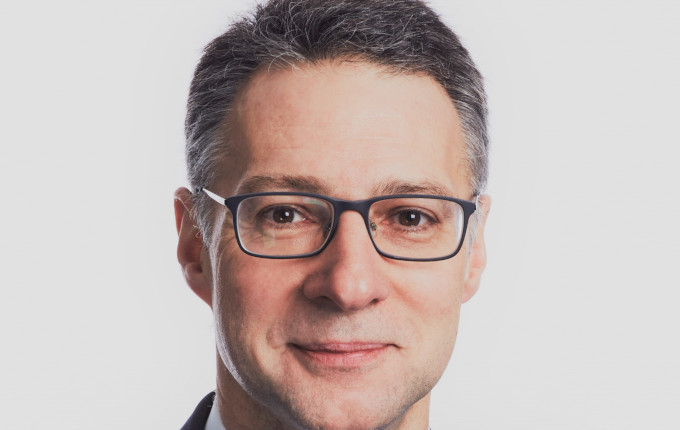Mega-trends are at the front and centre of the National Employment Savings Trust’s (Nest’s) thinking when it comes to how it runs its money, with plans to increase tilts to climate aware equities and expand these to other asset classes.
Register to Access this Exclusive [i3] Insights Article
Create a free account to access exclusive interviews with asset owners, revealing insights on investment strategies, market trends, and portfolio allocations.
If you already have an account you can Login .
If you have any issues registering an account please send us an email at [email protected].

